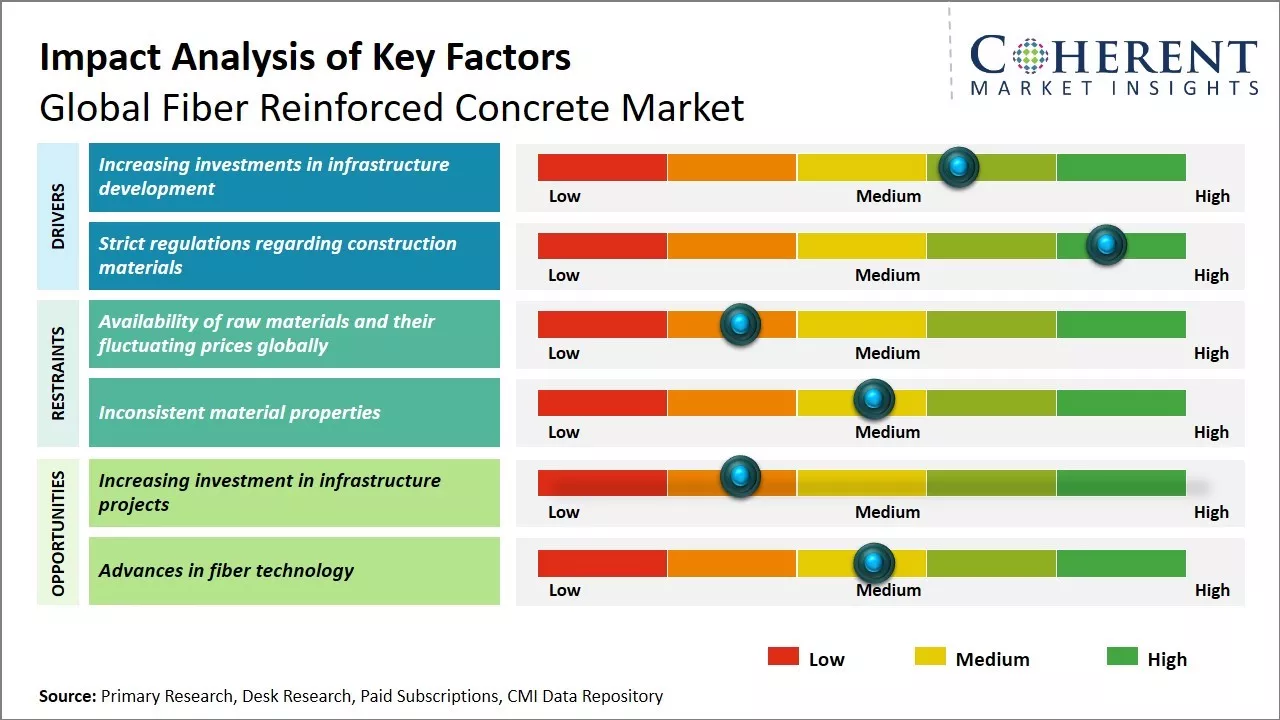The Global Fiber Reinforced Concrete Market is estimated to be valued at USD 2.86 Bn in 2025 and is expected to reach USD 4.59 Bn by 2032, exhibiting a compound annual growth rate (CAGR) of 7.0% from 2025 to 2032.

To learn more about this report, Request sample copy
The fiber reinforced concrete market is expected to witness significant growth over the forecast period. This can be attributed to increasing construction activities across both commercial and residential sectors. Fiber reinforced concrete offers benefits like higher strength, flexibility, and durability. The material is widely being adopted in applications like driveways, sidewalks, foundations, and bridges where high strength and crack resistance is required. Growth in infrastructure development projects in developing nations will further provide opportunities for fiber reinforced concrete market. Additionally, government support through initiatives to promote the use of sustainable construction materials will also contribute to the positive market outlook.
Increasing investments in infrastructure development
With rapid urbanization and growing population across both developed and developing economies, there has been a significant rise in infrastructure development activities globally over the past few decades. Governments around the world have been ramping up investments towards building robust transportation networks such as roads, bridges, railways, etc. to support the communication needs. Fiber reinforced concrete is increasingly being used in infrastructure construction projects owing to its versatility and ability to improve the strength, durability and sustainability of structures. Some of the key advantages it offers include higher tensile strength, crack and corrosion resistance, reduction in dead weight and longevity. Various infrastructure giants and civil construction companies have been favoring fiber reinforced concrete over conventional concrete for building large concrete structures that need to withstand heavy loads and harsh weather conditions for many decades. The material is suitable for constructing long-lasting highways, urban transit systems, tunnels, parking structures, industrial floors and airport runways. With growing infrastructure investments in developing economies of Asia Pacific and Latin America, and redevelopment activities in Europe and North America, the demand for advanced concrete materials like fiber reinforced concrete is expected to rise substantially in the coming years.
Joining thousands of companies around the world committed to making the Excellent Business Solutions.
View All Our Clients